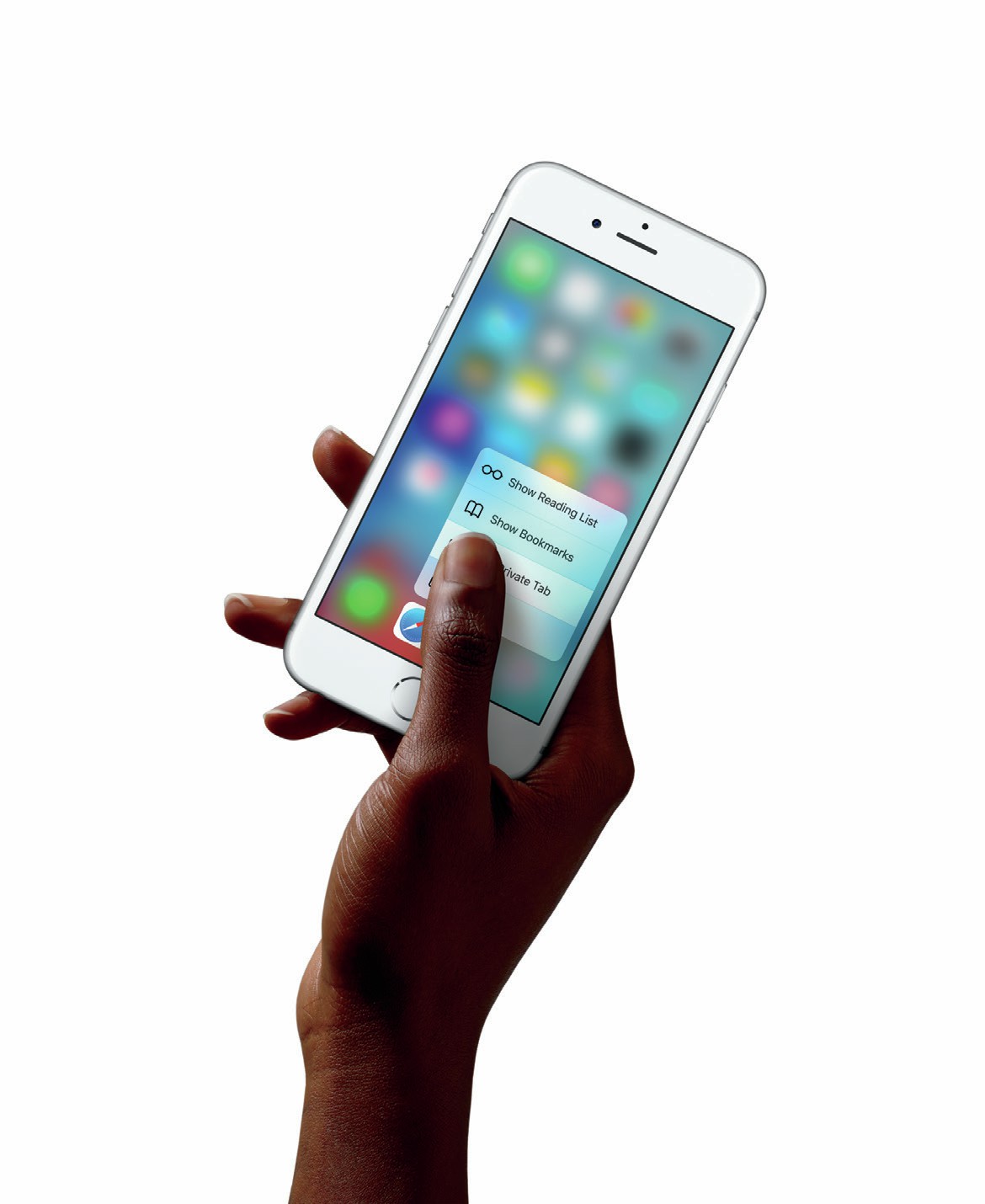
In 2004, Steve Coast was working as a software engineer at University College London. In his spare time he played around with coding. At the time maps were very different from what we now take for granted. National mapping agencies, such as the Ordnance Survey (OS) in the UK, held copyright over almost all mapping in the country and demanded significant licensing fees for anyone wishing to reuse their data. The costs of mapping something anew were a significant barrier and effectively the OS was a government-regulated monopoly.
Maps were digital but they were largely tied to fixed desktops, not a central part of everyday life for most people. Global positioning systems (GPS) powered sat navs, but specialist GPS receivers were largely used by professionals in their business lives. The first smartphone had yet to be marketed, and the internet was something people accessed from their home or office. Web content was gradually changing into more user-driven and so-called Web 2.0 formats, but the social network did not exist in its current form.
Your organisation does not have access to this article.
Sign up today to give your students the edge they need to achieve their best grades with subject expertise
Subscribe




